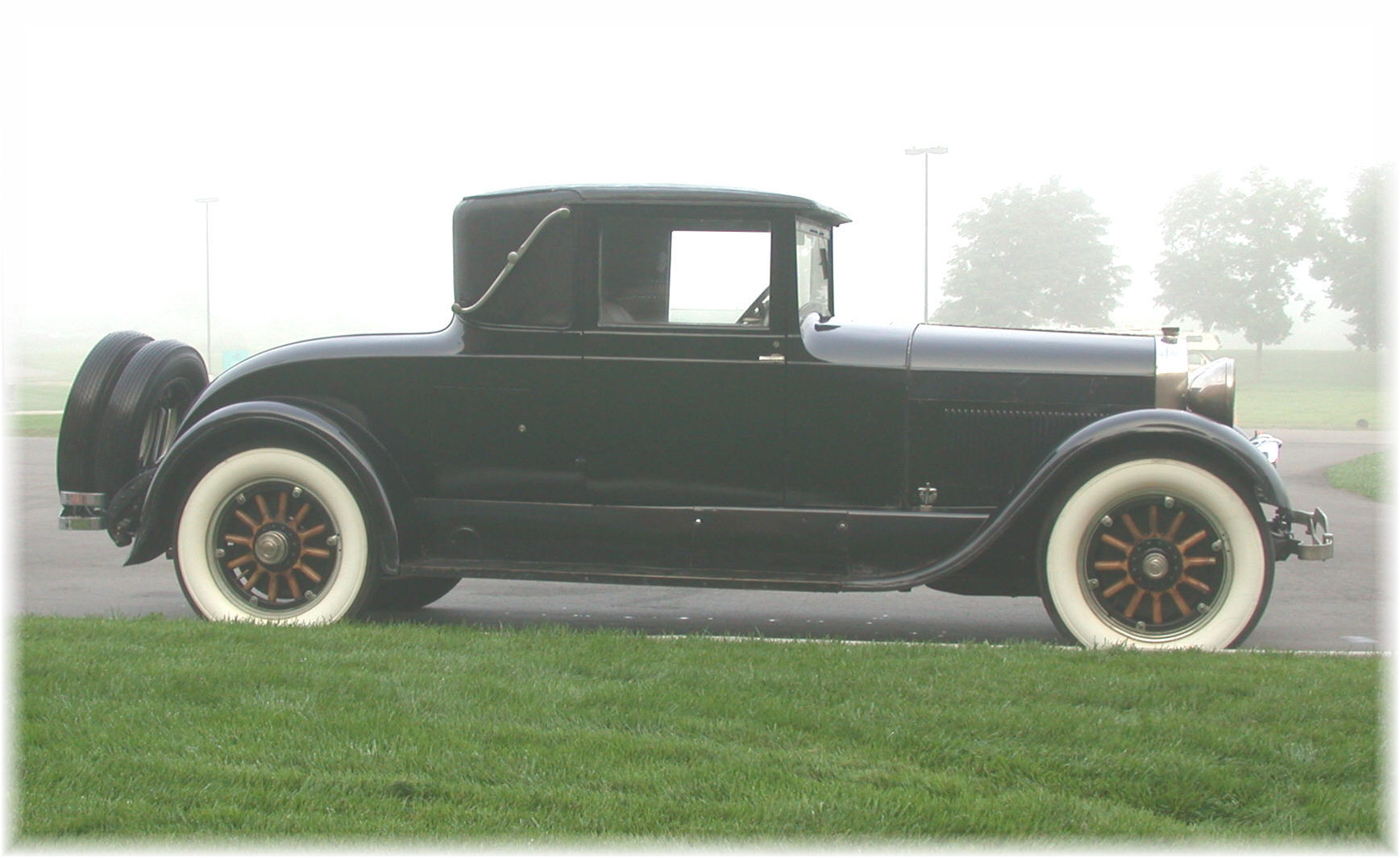 |
The
Twenties -- Henry Martyn Leland founds Lincoln.
Henry Ford and his son Edsel Fort takes over the Lincoln Motor
Company. During this period, The Model L Lincolns are
recognized as one of the finest coach built motorcars in the world,
and become the aristocrats automobile in a time of opulence. |
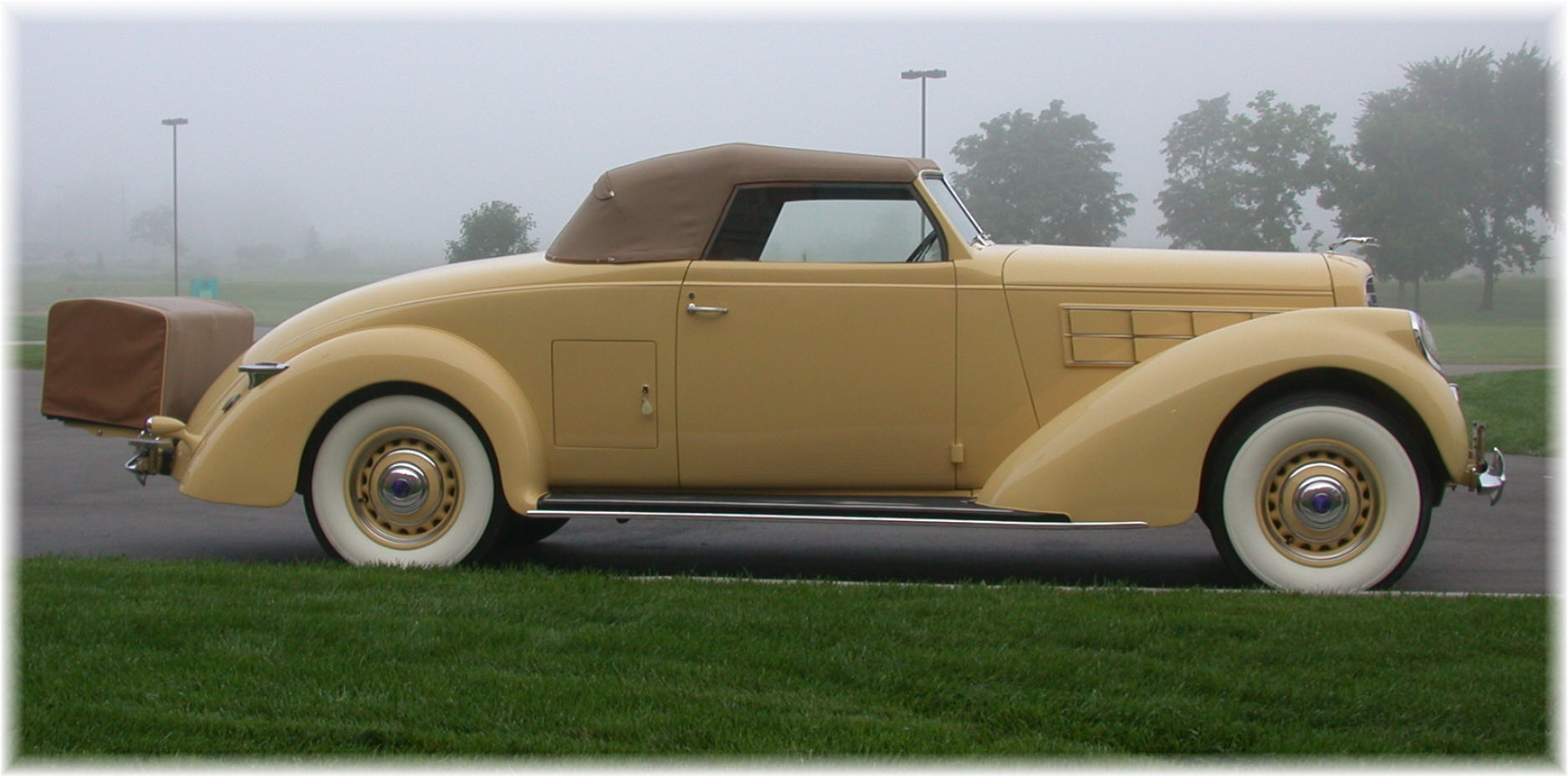 |
The
Thirties -- The period of the Model K Lincoln ushers in
the V-12 engine and classic craftsmanship. An era of Salons
and custom coach built cars. Autos of the privileged,
chauffeur driven Broughams and Landaulets, roadsters and sedans are
associated with the very rich and famous. At the end of the
decade, these would all be gone. |
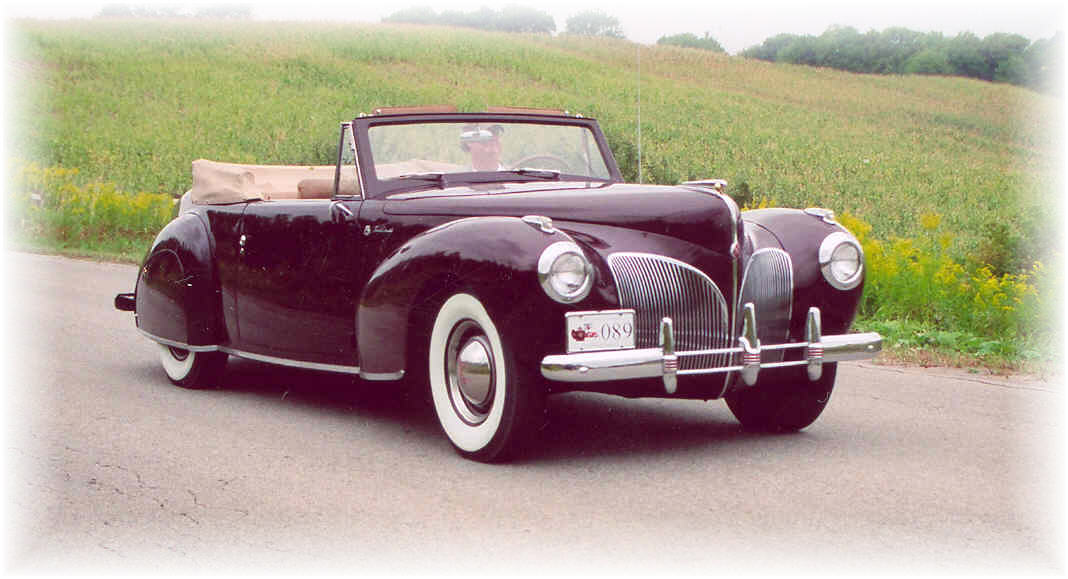 |
The Forties --
1940 was a landmark year for Lincoln for two reasons. One was
the discontinuance of the K series models, leaders in the luxury
class field. New in Lincoln showrooms was the styling
masterpiece, the beautiful Continental Cabriolet. Also new
were the Zephyrs, featuring a more streamline design for the
exterior, contemporary fashioned interiors, and instrument panels
with better functionality. Production would be halted early in
the 1942 model year, resuming in 1946 with the styling largely
unchanged. April of 1949 saw the introduction of the all new
Lincoln and the Cosmopolitan, two distinct models, each featuring
it's own body shell. Featuring V8 power, and fully automatic
transmissions, a first in Lincoln history. |
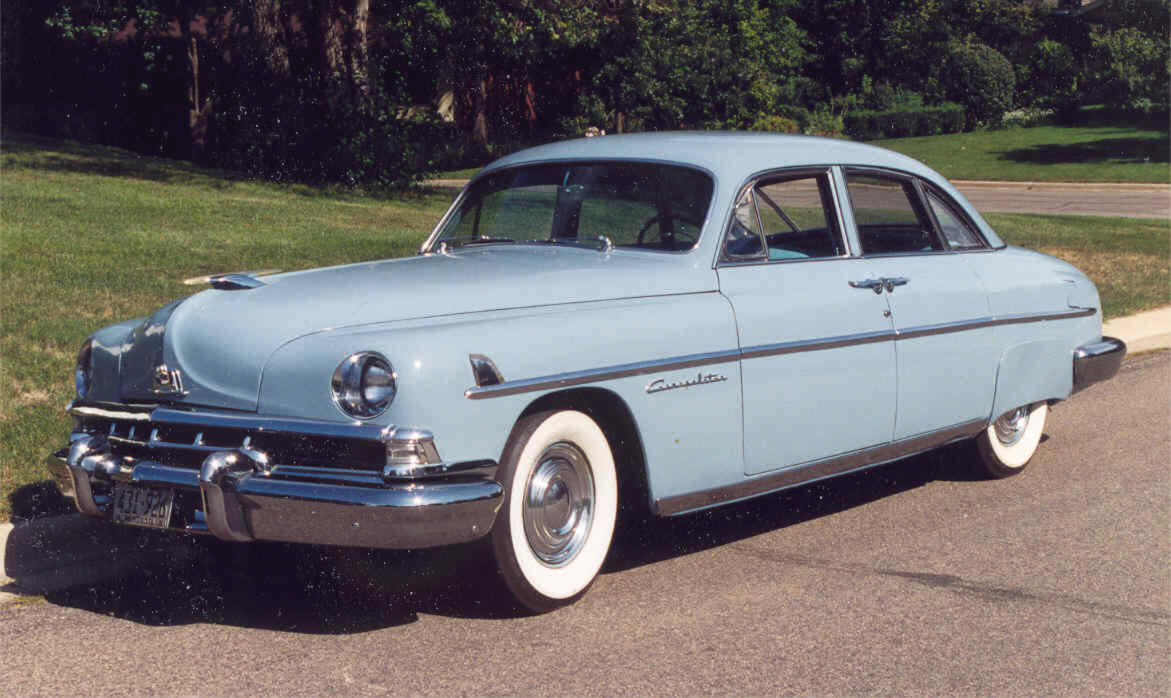
|
The Fifties
-- The Fifties witnessed some of the greatest changes to Lincoln
automobiles. The 1950 and 1951's were a refinement of the
first truly new postwar models, which combined both old and new
product styling and engineering. Gone were the original Marks,
the V12's and some of the older design cues carried over from the
1930s and 1940s. The 1952 through 1954 Lincolns saw modern
overhead valve engines for the first time. Power brakes and
power steering became accessories in 1953, along with air
conditioning as an optional accessory in 1954. The 52s - 54s
were slightly smaller and lighter than the previous models and with
improved suspension went on to place well in the Mexican Road
Races. In 1955, Lincoln made subtle styling changes over their
prior years, enlarged their engine, and adopted a new automatic
transmission (Turbodrive) to replace the GM made Hydramatic.
1956 brought what many many thought were some of the finest postwar
Lincolns manufactured. The Premier was long and low,
with a larger engine and a twelve volt electrical system, it could
hold it's own in the luxury car field. Even better, was the
introduction of the all new Mark II, also considered to be one of
the finest styled automobiles of all time. Luxury abounded in
the Mark II. At $10,000 each, it set a new standard for price
and quality in the luxury car field. 1957 continued the
refinements of prior years. The styling of the Premier and
Capri a vertical headlight-parking light arrangement in
front. The beautiful Mark II, not achieving expected sales
goals would be discontinued at the end of 1957. 1958 saw some
of the largest Lincolns ever produced. These cars were
extremely large and available in convertible, two and four door
sedan and hardtop styles. Engine size had grown to 430 cubic
inches and factory installed accessories were plentiful. These
were not smooth and well rounded automobiles, and most people had
very strong opinions on their styling. The Mark series was
continued on in name only, consisting of a well optioned and
appointed Lincoln Premier. |
.jpg)
|
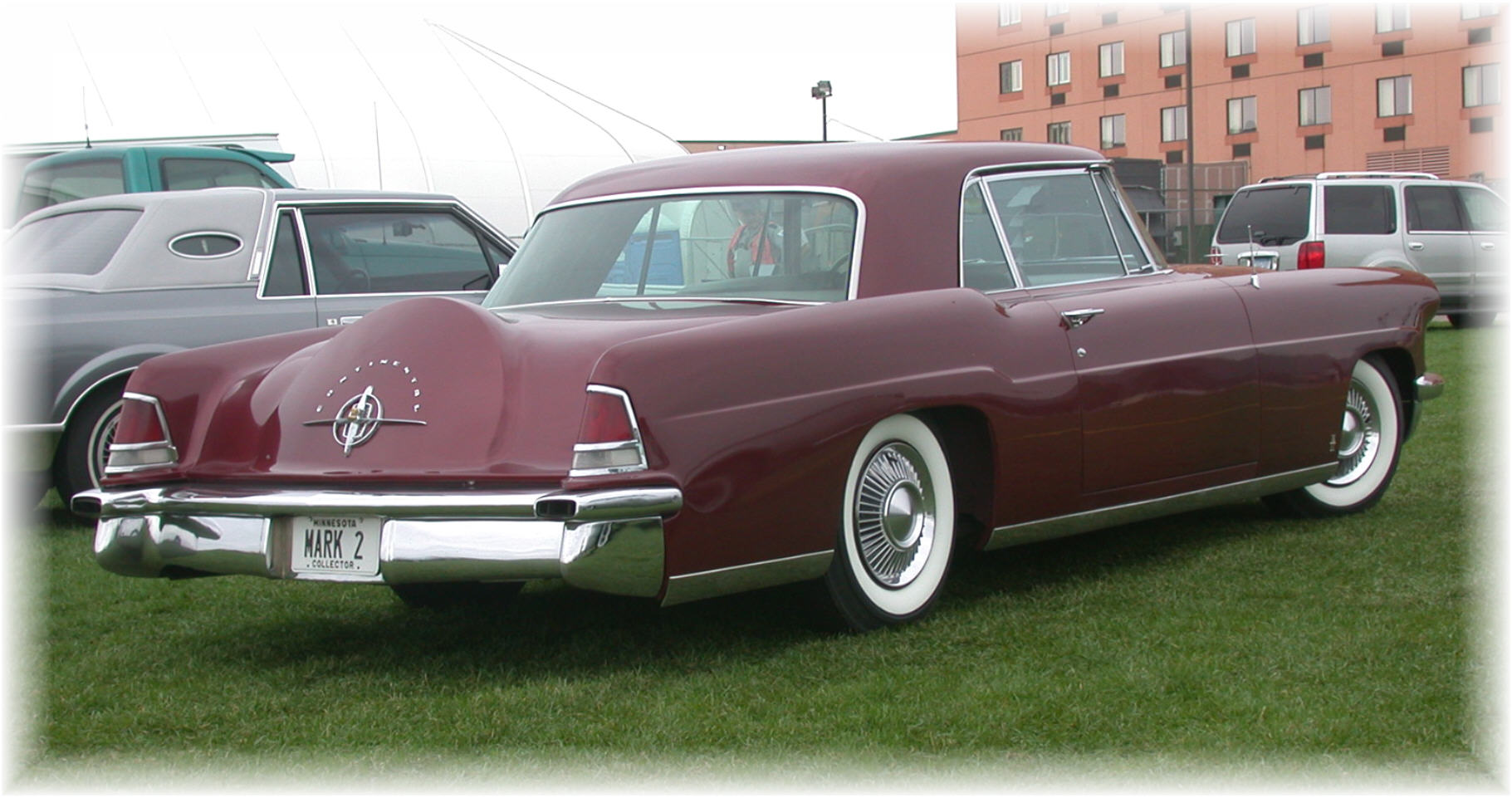
|
|
|
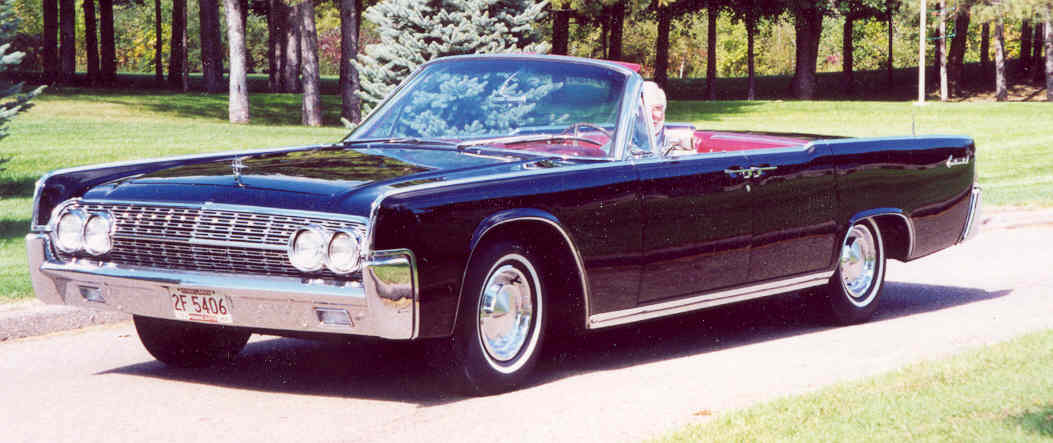 |
The
Sixties -- 1960 was the last year of the very
large "square look" Lincolns and Continentals. 1961
would bring a whole new look for our beloved cars, smaller, more
compact styling, less chrome and cleaner lines. The cars would
be known as Continentals and would be available as four door sedans,
and after a long absence from the marketplace, four door
convertibles. The doors would be center opening and equipped
with interlock devices to prevent the rear doors from opening when
the vehicle was in motion. The convertibles featured a
marvelously complicated mechanism to lower the soft top.
Motors, relays and switches all worked together to achieve a modern
day motoring miracle. These cars became very popular and were
the choice for the Presidential motor pool, replacing older Lincoln
Cosmopolitans from the early 1950s. Available in a wide
variety of colors and equipped with 460 cubic inch engines, these
beautiful automobiles quickly became the favorite among those who
preferred quiet, unmistakable luxury. The four door
convertible was continued on until 1968, when it was dropped from
the line. The end of the decade saw the return once again of
the Mark series, the III, once again a quality "personal"
luxury car. The III was more production oriented and was made
available at a lower cost than the Mark II. |
|
.jpg) |
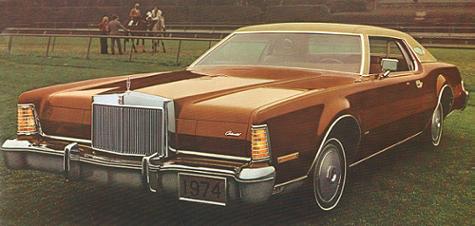 |
The
Seventies -- The Lincoln Continental was the big news in
1970. It had its first all new body since 1961, and was
designed to steal buyers from other luxury marques, their principal
target being Cadillac. While Continental was the most changed,
the other new models were different in many significant ways from
the models of 1969. Abandonment of unit body construction in
favor of traditional body and frame construction was the single most
important change. The Mark III had used body and frame
construction from the start, and now with the conversion of the
standard Continental the entire plant at Wixom was changed
over. Now the Continentals, following the lead of the Mark
III, were destined to use other Ford components notable those of the
senior Mercurys and Fords. The result was a can now 300 pounds
lighter, yet was almost the exact same physical size. Interior
room grew, the new Lincolns were far more efficient than the ones of
the previous years. Each succeeding year would be an
improvement. |
|
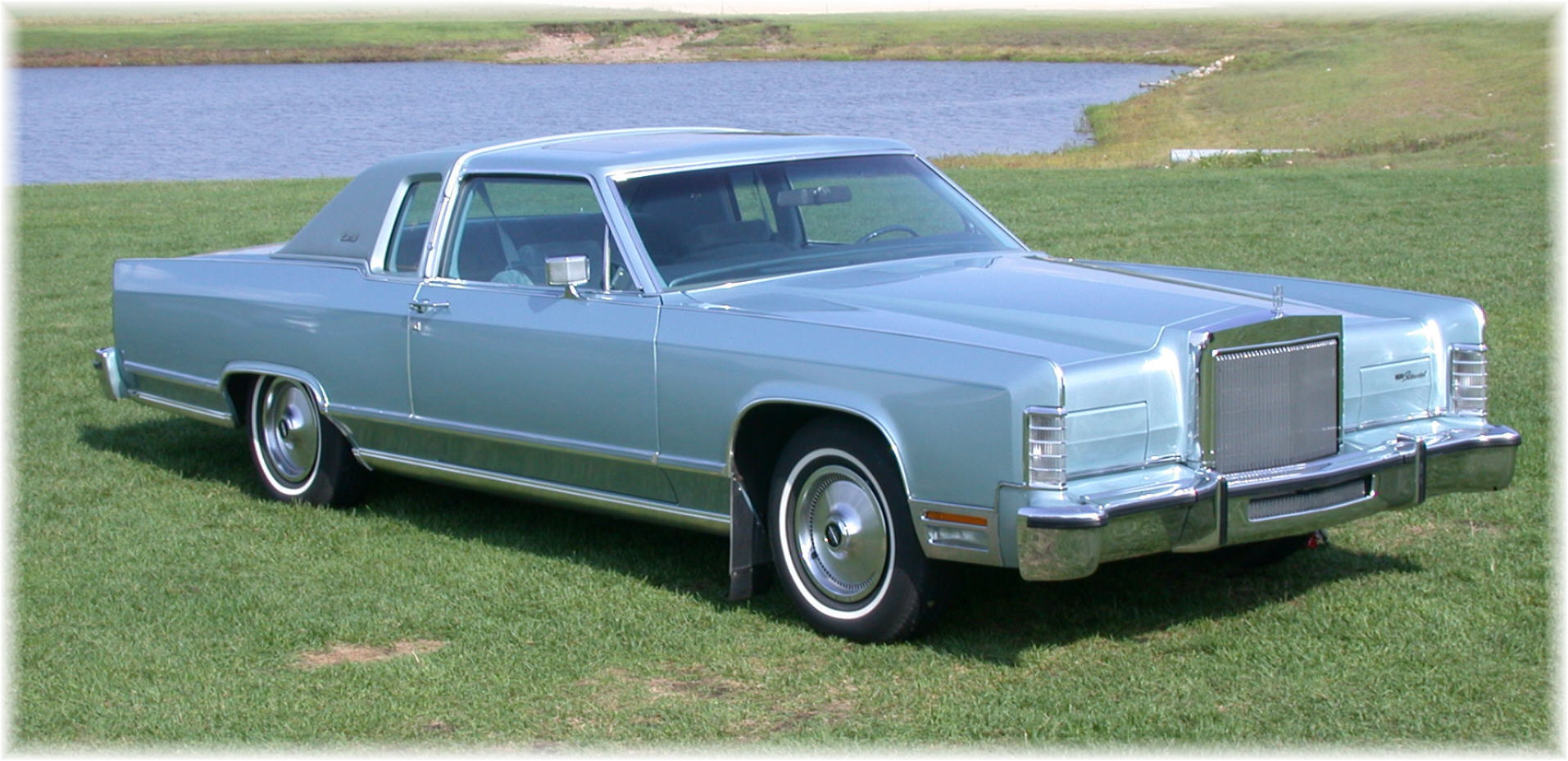 |
.bmp) |
The
Northstar Region -- In 1982, Elmer Rohn
contacted Lloyd Pearson in regard to forming a region of the Lincoln
and Continental Owners Club in our area. In early April 1983,
Lloyd sent approximately three dozen postcards to national members
in our area informing tem of a potential regional group being
formed. On April 24th, 1983 at Cornelia Park in Edina, Minnesota,
thirteen potential members and families met. The Northstar
Region was formed at this gathering. Examining pictures that
were taken at this historic event found the following present:
Mike
Gerner
Dick Koop
Russ
Bjorklund
Tom Koop
Harvey
Oberg
Jim Long
Lloyd
Pearson
Jerry Fjelsted
John
Doherty
Dick Larson
Tony
Wacker
The next few meetings were
held at Bush Lake park in Edina. Shortly thereafter our first
Director, Mike Gerner traveled to California to accept the charter
for the Northstar Region of the Lincoln and Continental Owners Club.
|
|
| |